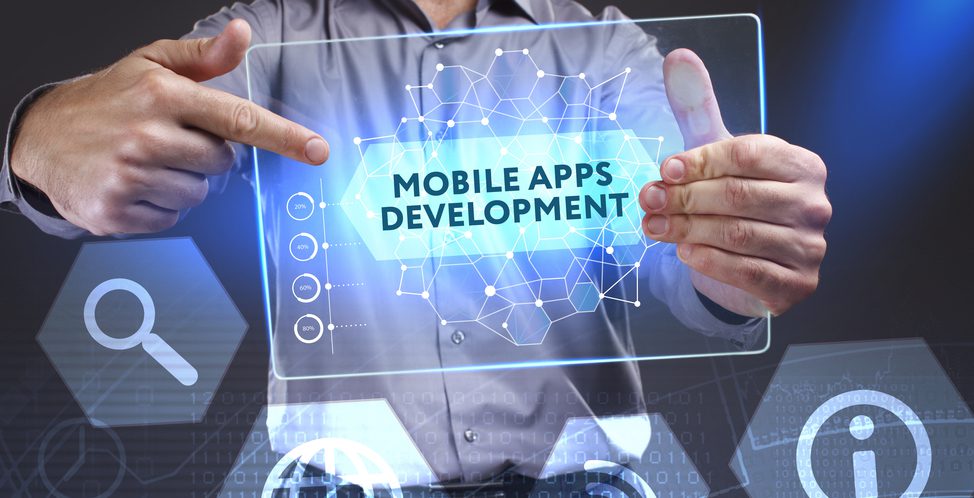What is App Development?
The first iteration of app development was invented by Steve Jobs in 1983. Since then, it has developed to optimize business operations using the help of technology. Twenty-one percent of young people use an app up to 50 times per day. With over 2.8 million applications in the Google Play Store, it's easy to see how app creation is the key to success. In the Apple App Store, there are over 2.2 million applications to choose from. If you would like a large number of users to download your application, it must be unique.
A bespoke software firm's phone applications are also the ones that are used during the application creation process. When designing your personal apps, the sheer quantity of such unique software programs can make it a lot harder to notice results, particularly if you're working on a third-party platform like Apple or Google.
App Types and Development Considerations
A normal app needs a network connection to access external computer resources. Native applications and HTML5 applications are two different sorts of apps that programmers produce. Each element of a smartphone app should work together to give a speedy, simple design to an end customer.
Developers should take into account a multitude of factors while building an app, including screen size, settings, and hardware requirements. Many businesses choose to engage in bespoke application development to boost productivity and optimize internal operations, as well as to bring their concepts to the public eye. During the app development process, there are several points to keep in mind.
Cross-Platform Technologies: How Important Are They?
The idea of developing cross-platform apps is gaining traction. Thanks to cross-platform technologies, developers can create code once for iOS, smartphones, and PCs. App developers may utilize the same code rather than just writing new code for every device.
Businesses may potentially save money by using cross-platform application development. Businesses simply ought to invest once in order to develop an app. Whether the customer is using an Android smartphone or an iPad, apps should appear the same across all platforms. This saves time and reduces the number of tasks that must be done repeatedly.
An app's lifecycle
In a normal app development project, the application development lifespan consists of various parts. The following are the steps:
- Plan - Conducting business research and creating a marketing application are the first steps in this process. In most cases, a business analyst, a salesperson, as well as a project manager are engaged.
- Technical - A technical writer is in charge of explaining all technological information and needs in the next stage.
- Development of prototypes - Sketches, wireframes, and app skins are developed during the prototyping phase. A UX/UI designer is typically in charge of this.
- Making improvements - Developers complete this stage, which involves front-end and back-end coding components.
- High standards of excellence - Tech specifications are verified and gadget capabilities are verified during the quality assurance process to guarantee that the app is functioning properly.
- Publish - The application is then released on the Google Play store. As upgrades, new titles, and issues emerge, servicing is supplied on a continual basis.
Expansion of the front end vs. the back end
Developers come across two primary categories of pathways during the development process: front-end and back-end. Front-end developers are concerned with the appearance of an app, whereas back-end developers are concerned with its functionality. Because they operate on both the front and back ends, most application development experts are now considered "full-stack" programmers.
The back end is technologically advanced on the databases and safety features, while front end developers design the layout, style, presentations, and pictures. User interface and user experience (UI and UX) are common terms for it, though. The user interface (UI) is created by front-end developers, and the customer experience is managed by back-end developers (UX).
Mobile Application Characteristics
If you're intending to develop a customized app, consider whatever features you'd like to include. A broad range of functionalities is frequently included in mobile apps to improve the user experience. The essential features that will help an app development project be successful are:
Application developers frequently employ push notifications as an instance of a service. These alerts allow companies and people to communicate directly. Push notifications serve to build direct texting or email relationship with the people who have to use mobile applications, rather than building cold mailing lists or sending them tailored adverts.
Customized content, functional requirements, and designs are also used by many firms to produce visually appealing and effective designs. Integrations with other programs or technology can further enhance the overall experience.


Comments
Post a Comment